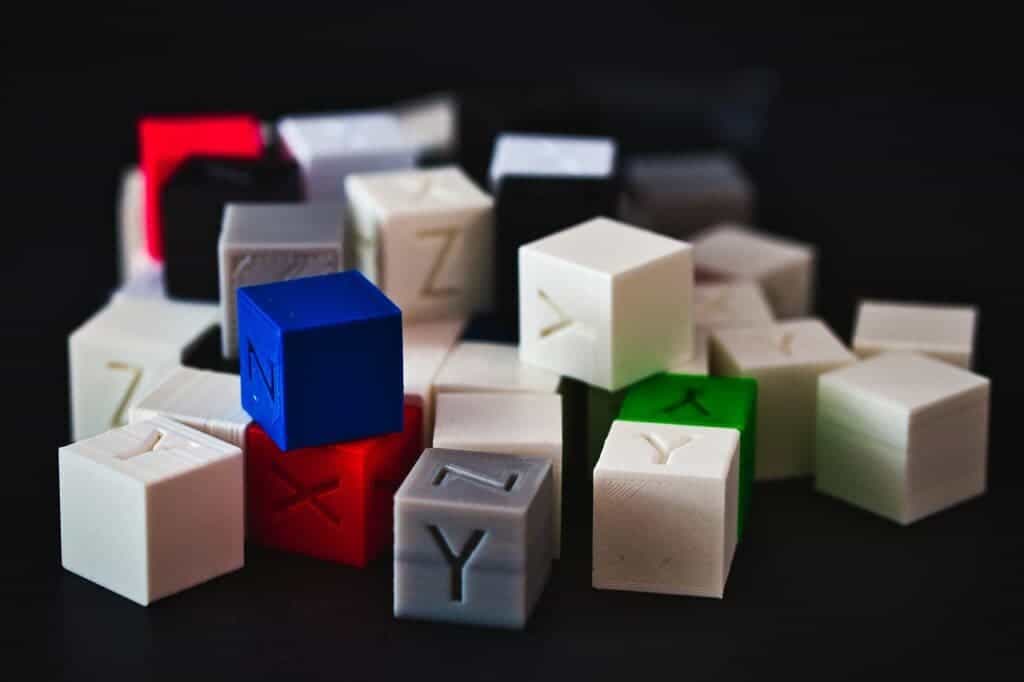In the past few years, 3D printing has seen a massive growth in popularity — and it’s not just for toys and trinkets anymore. Scientists and engineers are 3D printing everything from boats to bridges to nuclear plants components. But as 3D printing becomes a more and more integral part of modern engineering, it’s also important to develop new innovative materials.
To cut down on the time and resources required to develop these new materials, researchers at MIT have used machine learning to help them find new materials with the desired characteristics (like toughness and strength).

Materials development is still very much a manual process, says Mike Foshey, a mechanical engineer and project manager in the Computational Design and Fabrication Group (CDFG) of the Computer Science and Artificial Intelligence Laboratory (CSAIL), and co-lead author of the paper.
“A chemist goes into a lab, mixes ingredients by hand, makes samples, tests them, and comes to a final formulation. But rather than having a chemist who can only do a couple of iterations over a span of days, our system can do hundreds of iterations over the same time span,” says Foshey.
In the new process, a scientist selects some ingredients, inputs their chemical compositions into the algorithm, and defines what mechanical properties he wants the new material to have. Then, instead of having the researcher do trial-and-error themselves, the algorithm increases and decreases the amounts of these properties and checks how each version would affect the material’s properties and make it most similar to what is desired.
Then, the researcher would actually create the material in the way recommended by the algorithm and test it. Streamlining this development process not only saves a lot of time and effort but also has a positive environmental impact by reducing the amount of chemical waste. In addition, the algorithm could find some combinations that may escape human intuition.
“We think, for a number of applications, this would outperform the conventional method because you can rely more heavily on the optimization algorithm to find the optimal solution. You wouldn’t need an expert chemist on hand to preselect the material formulations,” Foshey says.
The team trialed the system by asking it to optimize formulations for a 3D-printing ink that only hardens when exposed to ultraviolet light. They found six chemicals that could be used in the mix and asked the algorithm to find the best material that can be made from those six chemicals, in terms of toughness, stiffness, and strength.
This was a particularly challenging task because the properties can be contradictory — the strongest material may not be the toughest or the stiffest. However, the team was impressed to see just how many different materials the algorithm suggested — and how good the properties of these materials were. Ultimately, the material zoomed in on 12 top-performing materials that had optimal tradeoffs between the desired properties.
To encourage other researchers to use it, the researchers have also created a free, open-source materials optimization platform called AutoOED that incorporates the algorithm. AutoOED is a full software package that encourages exploration and allows researchers to optimize the process.
Researchers expect algorithm-driven material development to become more and more important over the next few years. Overall, the approach promises great improvements over the old-fashioned way of doing things.
“This has broad applications across materials science in general. For instance, if you wanted to design new types of batteries that were higher efficiency and lower cost, you could use a system like this to do it. Or if you wanted to optimize paint for a car that performed well and was environmentally friendly, this system could do that, too,” Foshey concludes.
Journal Reference: Timothy Erps, Accelerated Discovery of 3D Printing Materials Using Data-Driven Multi-Objective Optimization, Science Advances (2021). DOI: 10.1126/sciadv.abf7435. www.science.org/doi/10.1126/sciadv.abf7435


